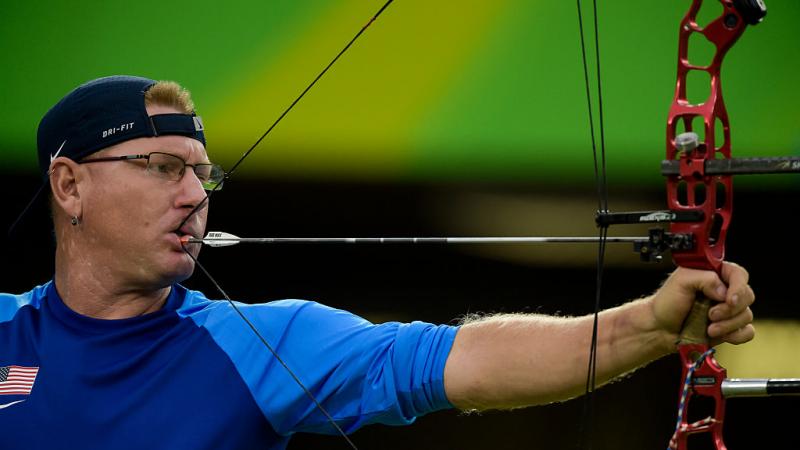Introduction
Archery, a sport renowned for its precision and grace, has found a special place within the Paralympic Games. It offers a platform for athletes with various physical disabilities to showcase their skill, determination, and unwavering spirit. In this comprehensive article, we will delve into the intricacies of archery within the Paralympic context, exploring its history, rules, classifications, and the inspiring stories of some of its most prominent athletes.
A Brief History of Archery in the Paralympics
Archery's inclusion in the Paralympic Games can be traced back to the 1964 Tokyo Paralympics. Initially introduced as a demonstration sport, its popularity and competitive nature quickly led to its full integration into the Paralympic program. Over the years, archery has evolved to accommodate athletes with a wide range of disabilities, ensuring that the sport remains accessible and inclusive.
Understanding the Rules and Classifications
While the fundamental principles of archery remain consistent across both Olympic and Paralympic competitions, there are specific adaptations made to ensure fair competition for athletes with disabilities.
- Classification: Athletes are classified based on the nature and extent of their impairments.
This classification system ensures that athletes with similar levels of disability compete against one another. - Equipment Adaptations: Depending on the athlete's classification, they may use specialized equipment, such as adapted bows or arrow rests, to accommodate their specific needs.
- Target Distances: Target distances may vary based on the classification category, ensuring that all athletes have a fair opportunity to compete.
The Paralympic archery competition features several events, including:
- Individual Recurve: Athletes compete individually using recurve bows.
- Individual Compound: Athletes compete individually using compound bows.
- Team Recurve and Compound: Teams of three athletes compete using either recurve or compound bows.
- Mixed Team Recurve and Compound: Teams consisting of one male and one female athlete compete using either recurve or compound bows.
Inspiring Stories of Paralympic Archers
The Paralympic archery arena has been graced by countless inspiring athletes who have overcome adversity to achieve remarkable success. Here are a few notable examples:
- Esther Vergeer: A Dutch wheelchair tennis legend, Vergeer also excelled in archery, winning a gold medal at the 2008 Beijing Paralympics.
- David Draves: A Canadian archer who has competed at multiple Paralympic Games, Draves has inspired countless individuals with his determination and skill.
- Lee Dong-hyun: A South Korean archer who has won multiple Paralympic gold medals, Lee is considered one of the greatest Paralympic archers of all time.
The Impact of Paralympic Archery
Paralympic archery has played a vital role in challenging stereotypes and promoting inclusivity. It has demonstrated that individuals with disabilities can achieve extraordinary feats of athleticism and inspire others to overcome their own limitations. By showcasing the power of human spirit and the beauty of sport, Paralympic archery has helped to create a more inclusive and equitable society.
Conclusion
Archery in the Paralympics is a testament to the resilience, determination, and skill of athletes with disabilities. Through its unique blend of precision, strategy, and physical prowess, archery offers a platform for individuals to challenge themselves, inspire others, and celebrate the human spirit. As the Paralympic Games continue to evolve, archery will undoubtedly remain a cornerstone of the event, showcasing the incredible achievements of athletes who have defied expectations and redefined the boundaries of possibility.



0 Comments